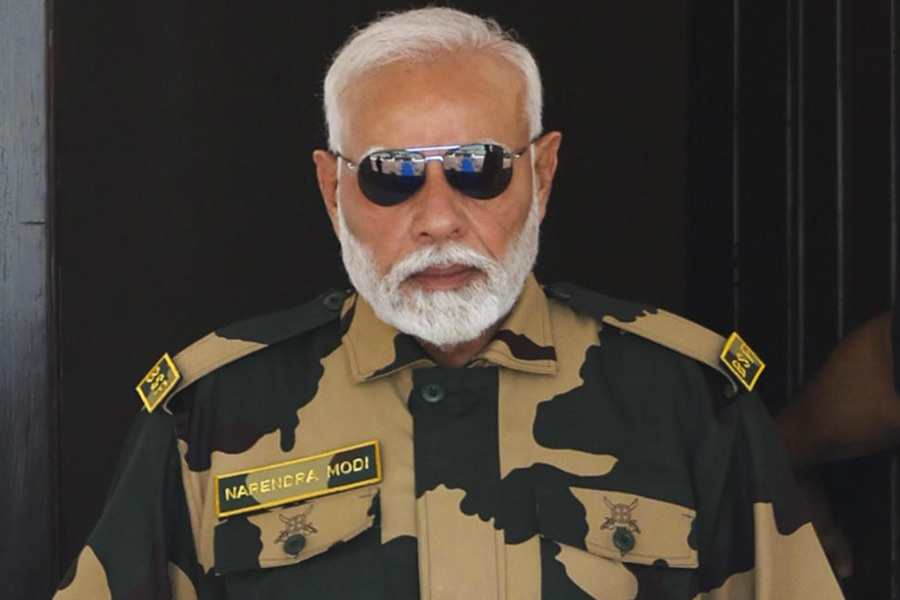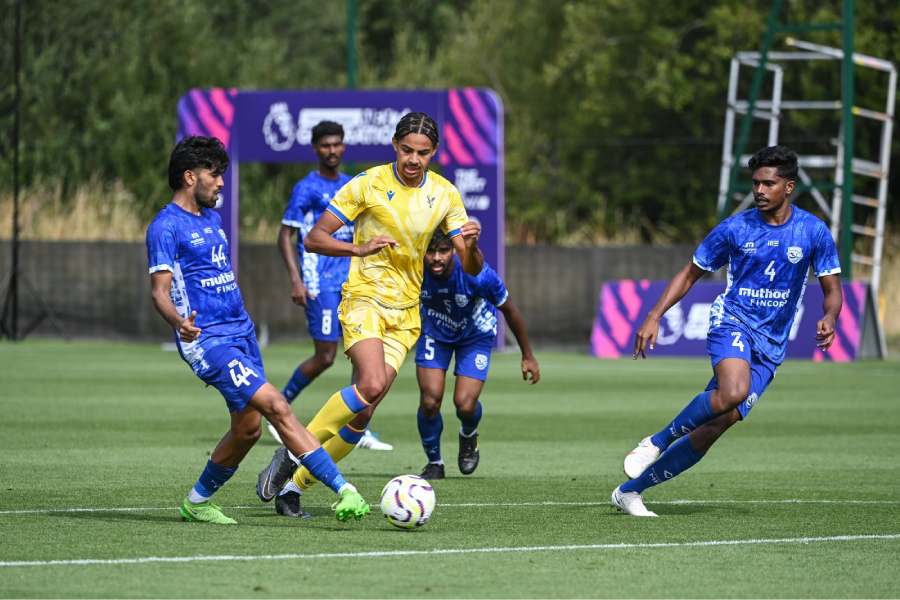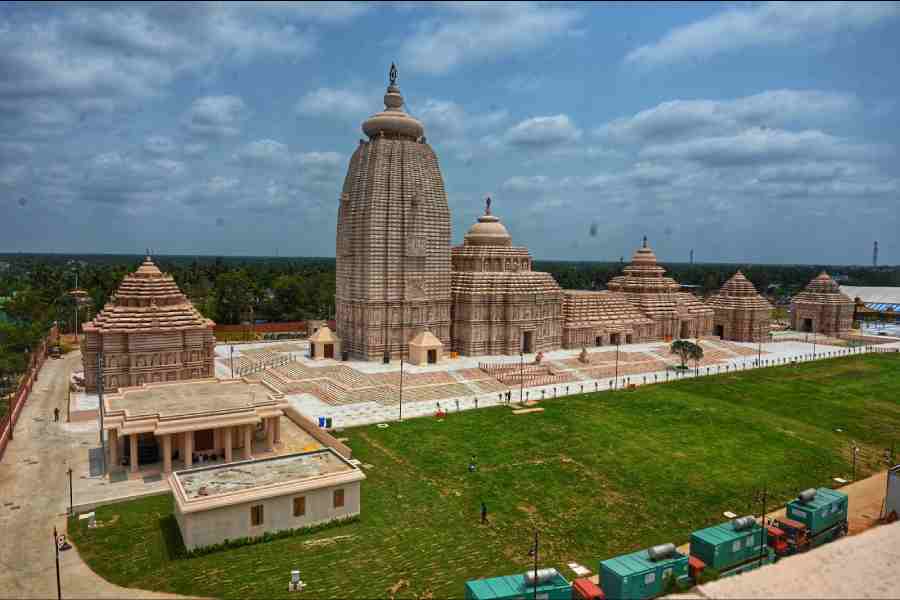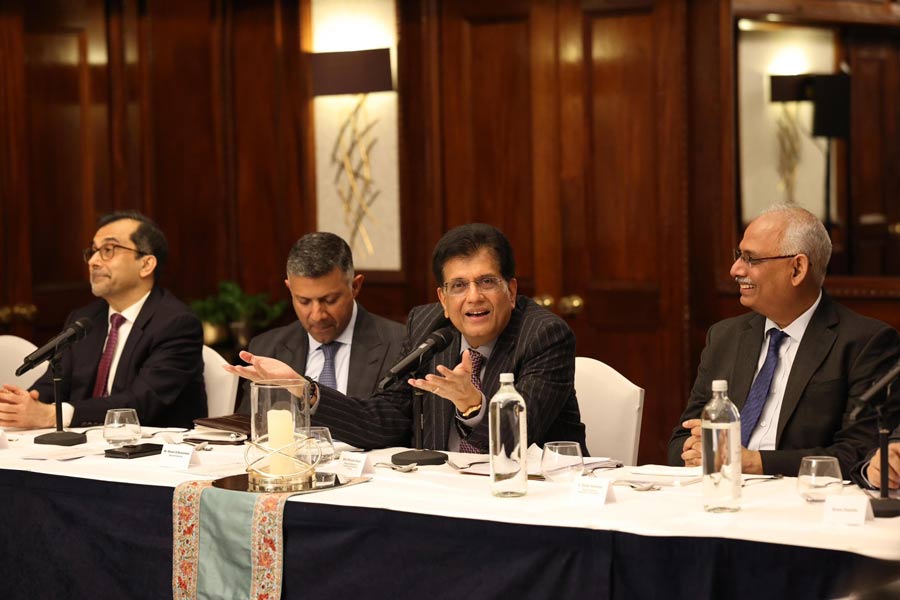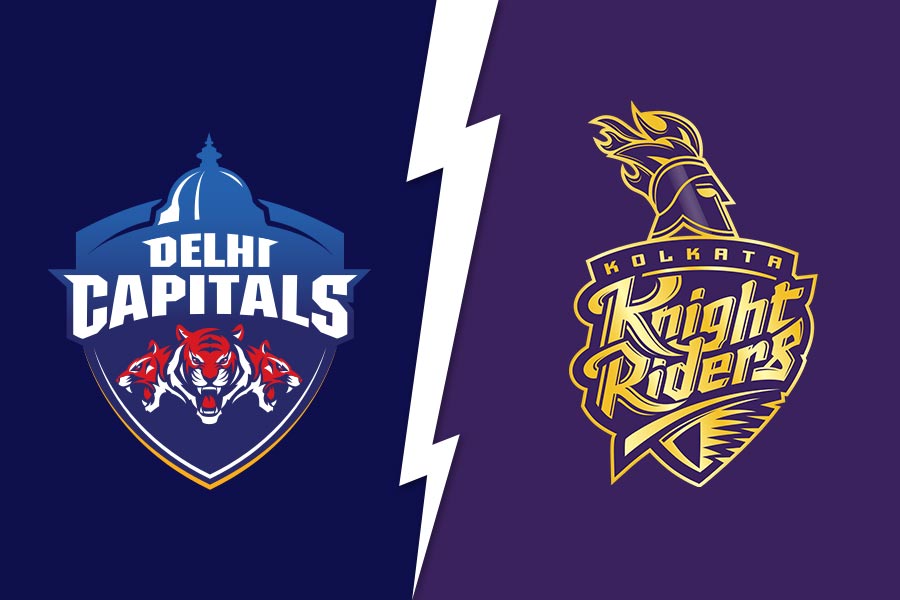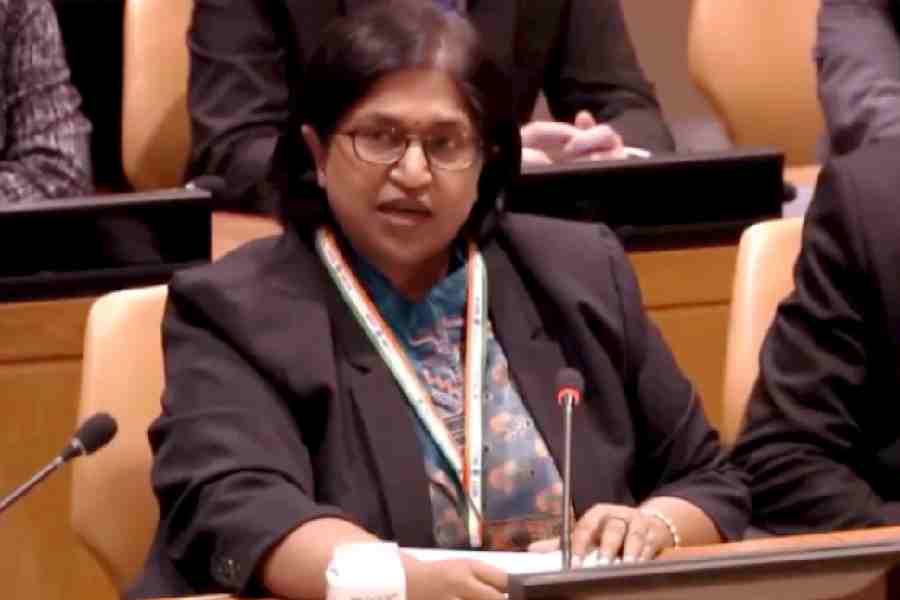 |
 |
| Mahira Khan and Atif Aslam, who star in Pakistani film Bol |
Lahore, July 5: Bollywood has revived dying Pakistani theatres; now the country’s film industry is looking to Indian audiences for survival.
People here are nervously awaiting the release of Urdu film Bol in India, knowing well that success across the border would be a dose of oxygen. Bol is just the third film produced this year in Pakistan, either in Punjabi or Urdu.
“We need Indian films to keep our cinema halls running; we also need the Indian market to survive as a film industry,” said Zoraiz Lashari, chairman of the Pakistan Film Exhibitors’ Association.
Bol, a film about outdated social mores and women’s rights in Pakistan, released to a blockbuster opening here on June 25, causing Hindi film Double Dhamaal, released the same day, to tank.
Produced by Geo Films, Bol stars popular TV actor Mahira Khan and has singer Atif Aslam making his acting debut. Its success here has meant less business for even Salman Khan’s Ready.
Such is the confidence in the film that over 200 prints will be distributed in India, Lashari said. He and others expect Bol to do much better than Khuda Kay Liye, screened in India to good response in 2009.
“The Eros group has bought Bol’s rights for Rs 5 crore. It plans to release the film shortly in India. We believe the film has the ingredients, like a strong script and good performances, to do well in India,” Lashari said.
The Pakistani film industry also has ambitions to tap the South Asian diaspora settled in Canada, America and Britain. “But for that, our filmmakers need to understand that they must make good films,” Lashari said. Bol, therefore, has become a test case.
Lashari had fought a decade-long battle with the Pakistan government to allow Indian films into the country.
Most Pakistani theatres shut down in the 1990s and 2000s because there were no films to show. Of the 1,350 movie halls Pakistan had in the 1980s, only 132 survive.
Hollywood films interested only a small section of Pakistani movie-goers those days.
Initially, the government argued that people might burn down theatres that screen Hindi films, given the anti-India feeling. The waters were tested cautiously in 2007-08 with limited release of Indian films.
The masses welcomed it. Audiences started returning to theatres (though piracy remains a problem).
However, the industry is looking after its own interests: for instance, the release of Salman’s Dabangg was delayed by a week to avoid a clash with a Pakistani Punjabi film.
Initially, the censor board would ban Hindi films with heavy Hindu mythological content. Abhishek Bachchan’s Drona wasn’t released in Pakistan. But eventually, even films like Dostana, which has undertones of homosexuality, have been allowed without cuts.
Indian TV soaps are a rage, too. The channels are officially banned but the administration turns a blind eye, although it is stricter about Indian news channels being aired on cable.
Still, the government continues to monitor the trade closely. To show an Indian film, a distributor needs no-objection certificates from five ministries including commerce, interior, foreign and culture.
However, there are legal questions about the ordinance Islamabad has used to get around the 1965 ban, which still stands. “It is fortunate that nobody has moved court because people are unaware of the exact legal position on this,” a Pakistan government source said.


